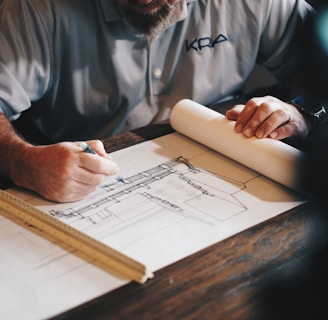The Role of Steel in Construction and Architecture
by: Abdul Muizz


Steel has long been a cornerstone of modern construction and architecture. From towering skyscrapers to elegantly designed bridges and contemporary homes, steel plays a pivotal role in shaping the built environment. Its unique combination of strength, versatility, and sustainability has made it an indispensable material for architects, engineers, and builders alike.
1. Strength and Durability
One of the most important attributes of steel is its exceptional strength-to-weight ratio. This allows for the construction of tall, load-bearing structures without the bulkiness of other materials. Steel's durability also means that buildings can withstand extreme weather conditions, seismic activity, and wear over time, making it a reliable choice for long-term investments.
2. Design Flexibility
Architects appreciate steel for its flexibility in design. Its malleability allows for innovative and bold architectural forms that would be difficult—or impossible—to achieve with concrete or wood alone. Whether it’s sweeping curves, large open spaces, or minimalist frameworks, steel enables the creative freedom essential to modern architecture.
3. Speed of Construction
Steel structures are often prefabricated off-site and assembled quickly on location, significantly reducing construction time. This efficiency not only cuts down on labor costs but also minimizes disruption in urban settings or active business environments.
4. Sustainability
As environmental concerns grow, steel stands out as a sustainable building material. It is 100% recyclable and can be reused multiple times without losing its properties. Additionally, steel structures can be designed to incorporate energy-efficient systems and meet green building standards like LEED (Leadership in Energy and Environmental Design).
5. Economic Value
While the initial cost of steel might be higher than some materials, its longevity, low maintenance requirements, and recyclability make it cost-effective over the life of a building. Its predictable performance also reduces the risk of costly repairs or structural failures.
6. Iconic Examples in Architecture
From the Eiffel Tower in Paris to the Burj Khalifa in Dubai, steel has been instrumental in realizing some of the most iconic architectural landmarks in the world. Its use continues to evolve with advancements in engineering and construction technology, pushing the boundaries of what’s possible.
Conclusion
Steel is more than just a building material—it’s a foundation for innovation and sustainability in construction and architecture. As design challenges become more complex and environmental responsibilities grow, steel will continue to be a key player in creating the resilient and inspiring structures of tomorrow.
SHAYLIN METAL FZE © 2025. All rights reserved.
